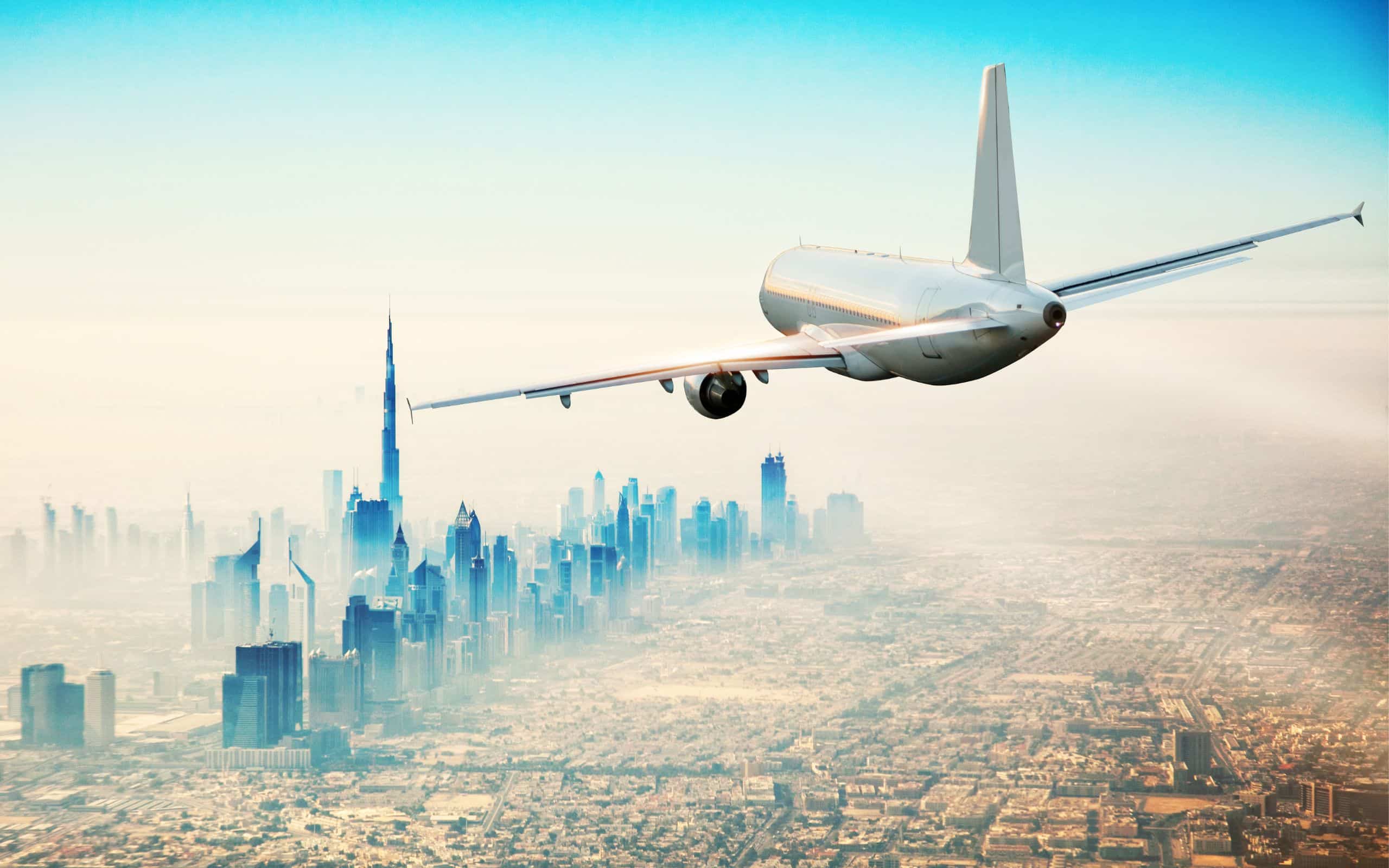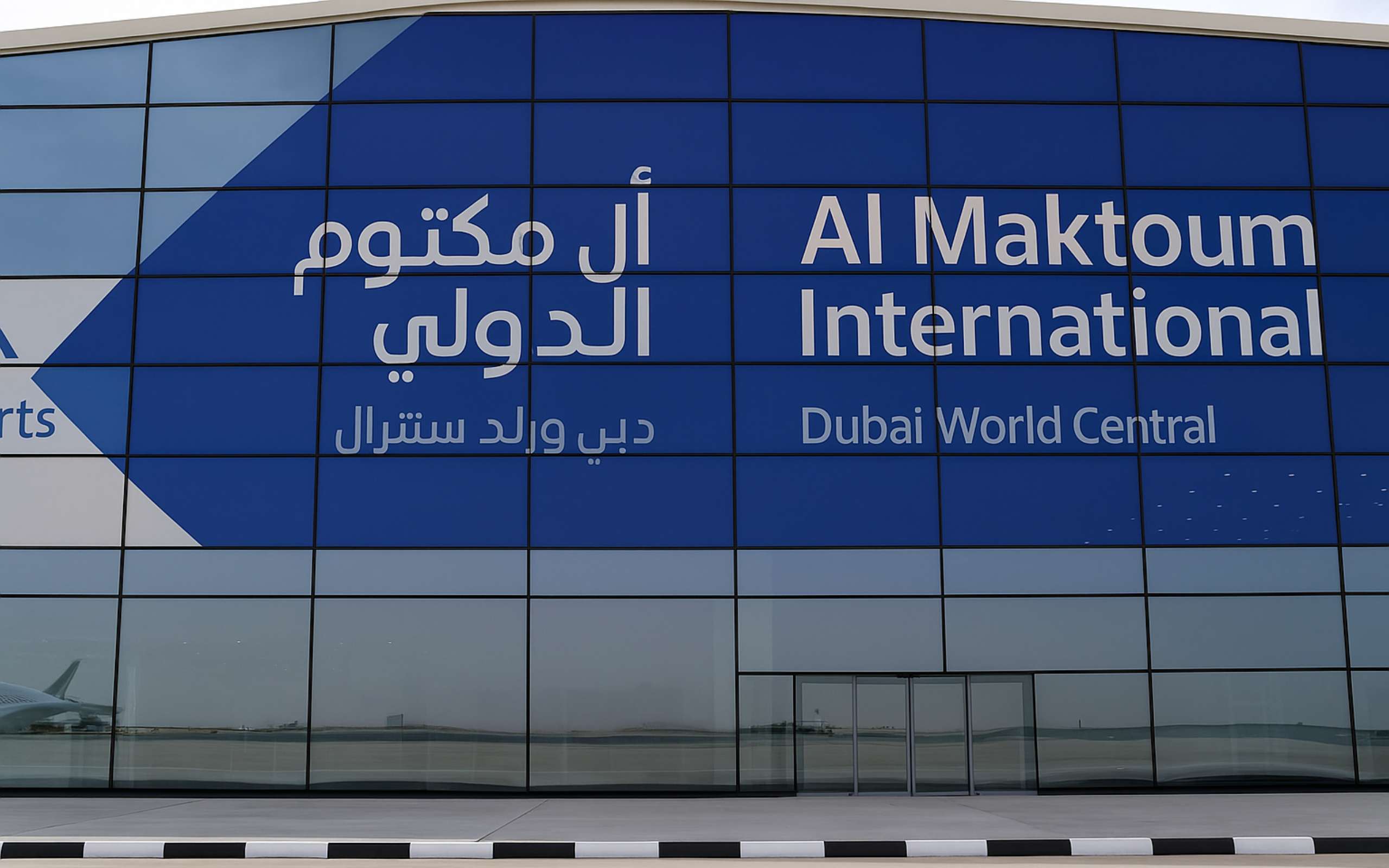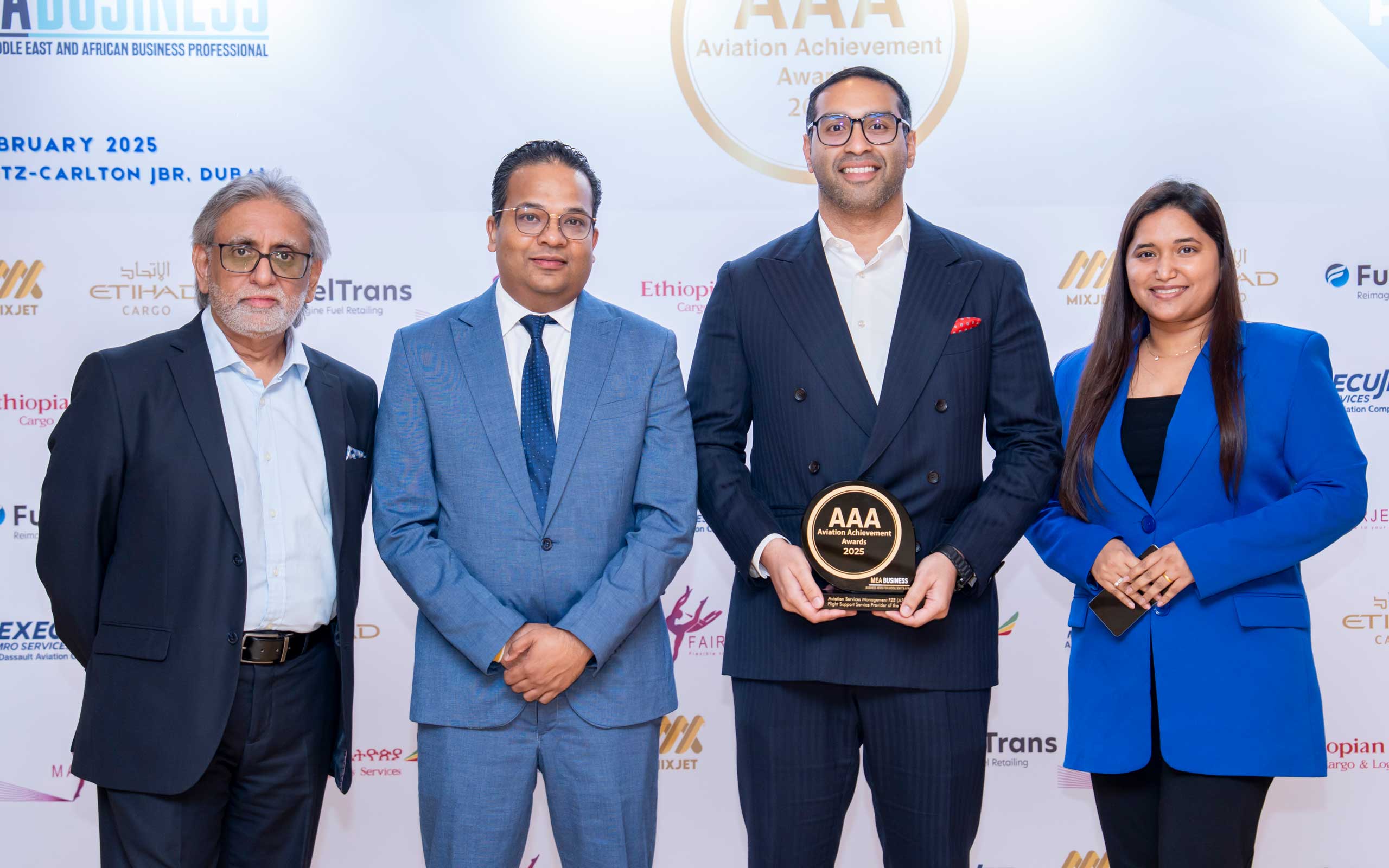India has become a top spot for people seeking medical care abroad. The country offers a mix of good doctors, modern hospitals, and low prices. Many patients come from all over the world to get treated in India.
Table of Contents
Medical tourism in India is worth about $9 billion, making it the 10th largest market globally.
Patients can get many types of care, from heart surgery to dental work. Some also try traditional Indian treatments like yoga and Ayurveda.
The Indian government has made it easier for foreign patients to visit. They can get special medical visas and find help at airports. Indian hospitals work hard to meet international standards. This helps ensure patients get safe, high-quality care during their stay.
Evolution of Medical Tourism in India
India’s medical tourism sector has undergone significant changes over the years. The country has become a top destination for affordable, high-quality healthcare services.
Historical Overview
Medical tourism in India has roots dating back to ancient times. People travelled to India for Ayurvedic treatments and yoga. In the 1990s, modern medical tourism began to take shape.
The National Health Policy of 2002 gave a big boost to the industry. It recognized medical tourism as an export and provided tax breaks to hospitals treating foreign patients.
In 2014, the government introduced e-Tourist visas, making it easier for medical tourists to visit India. This move significantly increased the number of visitors seeking treatment.
Growth of Healthcare Facilities
India has seen rapid growth in its healthcare infrastructure. Many hospitals have gained international accreditation, ensuring high standards of care.
Private hospitals have invested heavily in modern equipment and facilities. They offer specialized treatments at lower costs compared to Western countries.
The number of medical tourists visiting India grew from 8.5 lakh in 2011 to an estimated 32 lakh by 2015. This growth led to the expansion of healthcare services across major cities.
Influence of Technology and Innovation
Technology has played a crucial role in advancing medical tourism in India. Telemedicine allows for remote consultations with international patients.
Hospitals use advanced medical technologies for complex procedures. These include robotic surgeries, proton therapy for cancer, and minimally invasive techniques.
The Ministry of AYUSH received increased funding to promote traditional Indian medicine globally. This has attracted more tourists interested in alternative treatments.
The government also launched the “Heal in India” initiative to further boost medical tourism. It aims to streamline processes and improve the overall experience for international patients.
Key Healthcare Sectors for Medical Travellers
India offers top-notch medical care in several key areas. These sectors attract patients from around the world due to high-quality treatments at affordable prices.
Oncology Treatments
India stands out in cancer care. The country has advanced cancer treatment centers with cutting-edge technology. Hospitals like Apollo and Fortis provide comprehensive cancer care.
These centers offer various therapies. Options include chemotherapy, radiation, and targeted treatments. Many use robot-assisted surgeries for precise tumor removal.
Indian oncologists have global training. They stay updated on the latest cancer research. This ensures patients receive modern, effective treatments.
The cost of cancer care in India is much lower than in many countries. This makes it a popular choice for international patients seeking quality treatment.
Cardiology and Cardiac Surgery
India excels in heart care. The country’s cardiac centers are known for their expertise and success rates. Max Healthcare and Fortis are leaders in this field.
Indian hospitals offer a full range of cardiac services. These include angioplasty, bypass surgery, and heart transplants. Many use minimally invasive techniques for faster recovery.
The country’s cardiologists are highly skilled. They often train in top global institutions. This brings world-class expertise to Indian hospitals.
Advanced diagnostic tools are widely available. These help in early and accurate detection of heart problems. Cardiac care in India is both high-quality and cost-effective.
Orthopedics and Joint Replacement
India is a top destination for orthopedic care. The country offers expert treatment for various bone and joint issues. Apollo Hospitals is renowned for its orthopedic department.
Joint replacement surgeries are common. These include hip, knee, and shoulder replacements. Indian surgeons use the latest implants and techniques.
Many hospitals offer computer-assisted surgeries. This improves accuracy and outcomes. Rehabilitation services are also top-notch, aiding quick recovery.
Sports medicine is another strong area. Athletes from various countries seek treatment in India. The combination of skilled doctors and affordable care makes India attractive for orthopedic treatments.
Cosmetic Surgery and Aesthetic Treatments
India’s cosmetic surgery sector is booming. It offers a wide range of procedures at competitive prices. This attracts many international patients.
Popular treatments include facelifts, rhinoplasty, and body contouring. Many hospitals use advanced techniques like 3D imaging for better results.
Indian plastic surgeons are known for their skill. They often have international certifications. This ensures high standards of care and safety.
Non-surgical treatments are also available. These include Botox, fillers, and laser therapies. The blend of traditional and modern techniques makes India unique in this field.
Dental Care and Ophthalmology
India excels in dental care and eye treatments. These sectors attract many medical tourists due to high quality and low costs.
Dental services range from basic to complex. Procedures like implants, veneers, and full mouth rehabilitation are common. Many clinics use digital dentistry for precise treatments.
In ophthalmology, India offers advanced eye care. This includes treatments for cataracts, glaucoma, and LASIK surgery. Hospitals use state-of-the-art equipment for diagnostics and treatment.
Both sectors have skilled specialists. Many have international training and experience. The combination of expertise and affordability makes India a preferred choice for dental and eye care.
Integrative and Holistic Health Options
India offers a wide range of integrative and holistic health options. These ancient practices focus on treating the whole person – body, mind, and spirit. Many medical tourists come to India to experience these time-tested healing methods.
Ayurveda and Ayurvedic Therapies
Ayurveda is one of India’s oldest healthcare systems. It uses natural herbs, oils, and therapies to promote health and wellness. Ayurvedic treatments are tailored to each person’s unique body type.
Common Ayurvedic therapies include:
1. Abhyanga – warm oil massage
2. Shirodhara – pouring warm oil on the forehead
3. Panchakarma – detoxification and rejuvenation program
Many resorts and clinics in Kerala specialize in Ayurvedic treatments. Tourists can book stays ranging from a few days to several weeks. During their visit, they receive personalized care from trained Ayurvedic doctors.
Yoga and Naturopathy
Yoga is a mind-body practice that originated in India thousands of years ago. It combines physical postures, breathing exercises, and meditation. Many people practice yoga to reduce stress and improve flexibility.
India has numerous yoga retreats and ashrams. These centers offer classes for beginners and advanced practitioners. Some popular yoga destinations include:
1. Rishikesh in Uttarakhand
2. Mysore in Karnataka
3. Goa
Naturopathy uses natural therapies to help the body heal itself. Common naturopathic treatments in India include:
1. Hydrotherapy
2. Mud baths
3. Acupuncture
4. Dietary changes
Wellness Tourism and Panchakarma
Wellness tourism is a growing sector in India. Many resorts offer packages that combine traditional therapies with modern amenities. These retreats often include yoga classes, spa treatments, and healthy meals.
Panchakarma is a key part of Ayurvedic wellness programs. This intensive cleansing process aims to remove toxins from the body. It usually lasts 7-21 days and includes:
1. Massage
2. Herbal steam baths
3. Medicated enemas
4. Special diet
Many tourists come to India specifically for Panchakarma treatments. Top destinations for these programs include Kerala, Goa, and Rishikesh.
Medical Tourism Framework in India
India has developed a robust framework to support its growing medical tourism industry. This framework includes quality standards, government policies, and services for international patients.
Accreditation and Quality Standards
The National Accreditation Board for Hospitals (NABH) plays a key role in ensuring quality healthcare in India. NABH accreditation is a mark of excellence for hospitals and clinics.
Many Indian hospitals also seek Joint Commission International (JCI) accreditation. JCI is a global leader in healthcare quality standards.
These accreditations help build trust among international patients. They ensure that Indian healthcare facilities meet international quality standards.
Government Policies and Support
The Indian government has introduced policies to boost medical tourism. One key initiative is the Ayush Visa, designed for those seeking traditional Indian treatments.
Medical Visas are also available for patients and their companions. These visas simplify the process of travelling to India for medical care.
The government also promotes telemedicine to extend healthcare reach. This allows international patients to consult Indian doctors remotely.
Facilitating International Patients
Indian hospitals often have dedicated international patient departments. These departments help with travel arrangements, visa assistance, and accommodation.
Language translators are available in many hospitals. They help bridge communication gaps between patients and healthcare providers.
Many hospitals also offer package deals for medical tourists. These packages often include treatment costs, accommodation, and local transportation.
Frequently Asked Questions
Medical tourism in India raises many common questions. These cover top destinations, recent trends, legal aspects, attracting factors, patient safety, and growth statistics.
What are the top destinations for medical tourism in India?
Major cities like Mumbai, Delhi, and Bangalore are popular for medical tourism. Chennai is known for its advanced cardiac care. Kerala attracts tourists for Ayurvedic treatments.
How has the trend for medical tourism in India evolved recently?
India has seen steady growth in medical tourism. The industry has become a multi-billion dollar sector. More international patients now seek affordable, high-quality healthcare in India.
What legal framework governs medical tourism in India?
India has regulations for medical visas and accreditation of hospitals. The government has introduced policies to promote medical tourism. These aim to ensure quality care and protect patient rights.
What are the key factors attracting medical tourists to India?
Low costs are a major draw. India offers treatments at about 50% of the cost in Western countries. High-quality healthcare and English-speaking staff also attract patients.
How do medical tourism companies in India ensure patient safety and satisfaction?
Companies work with accredited hospitals. They also offer services like travel arrangements and accommodation. Many provide patient management services to ensure a smooth experience.
What statistical data is available on the growth of medical tourism in India?
In 2020, India’s medical tourism industry was valued at about $9 billion. The country ranks 10th in the Global Medical Tourism Index.
Over 150,000 Americans visit India annually for medical treatment
For further information, please contact:
Aviation Services Management FZE
Suite 217, 8WB Building, Dubai Airport Freezone, P.O. Box 293684, Dubai, UAE
Tel: +971 4 4097755
Email: sales@asm.aero
Contact Us











